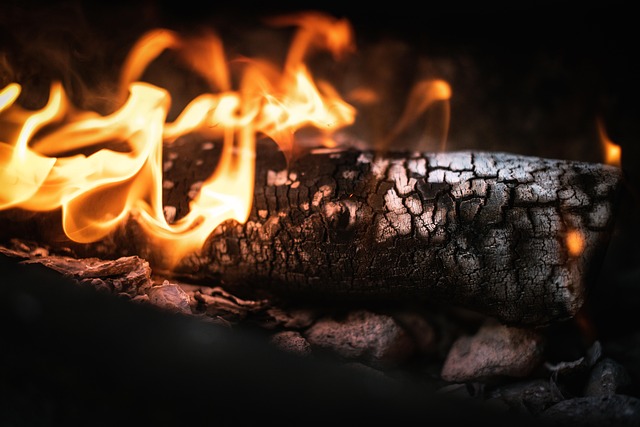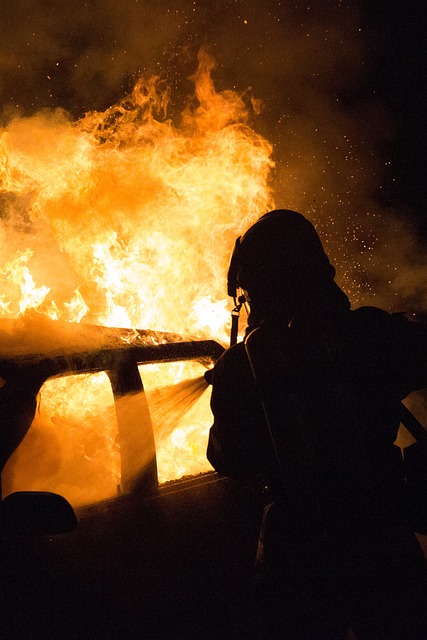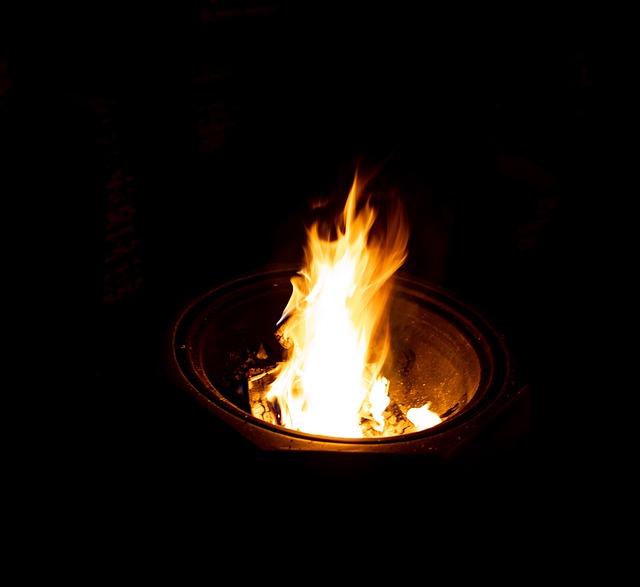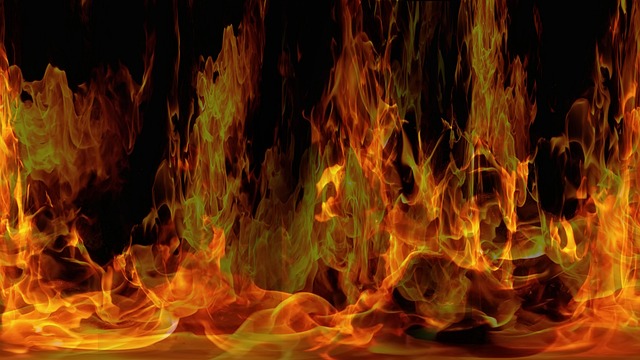Outdoor fireplaces have become popular for adding functionality and aesthetic appeal to homes, with various styles available. Choosing the right spot and consulting professionals for installation is crucial. The installation process involves meticulous site preparation, firebox placement, piping, and electrical work for safety and structural integrity. Regular maintenance, including cleaning, inspections, and gas line checks, ensures longevity and safety.
“Transform your outdoor space with a professional installation of an outdoor fireplace—a captivating addition that offers both ambiance and functionality. This comprehensive guide explores the art of integrating these features into your landscape, from understanding various types and their benefits to navigating the installation process with precision.
We’ll delve into crucial aspects like site selection, permit requirements, and step-by-step procedures, ensuring longevity and safety. Discover how an outdoor fireplace can enhance your living area, providing a focal point for gatherings and a cozy retreat all year round.”
- Understanding Outdoor Fireplaces: Types and Benefits
- Planning for Installation: Site Selection and Permits
- The Installation Process: Step-by-Step Guide for Professionals
- Maintenance and Safety Considerations for Longevity
Understanding Outdoor Fireplaces: Types and Benefits

Outdoor fireplaces have become a popular addition to many homes, offering both functionality and aesthetic appeal. These features provide a unique way to bring the warmth and ambiance of a fireplace into an outdoor living space. Understanding the different types available is essential for homeowners looking to enhance their outdoor environment.
There are various styles of outdoor fireplaces, from traditional freestanding units to built-in wall fires and even table-top models. Each type offers distinct benefits, catering to different preferences and needs. Freestanding fireplaces, for instance, are versatile and can be moved around, while built-in options provide a seamless integration with outdoor kitchens or patios. Regardless of the style, outdoor fireplaces offer a cozy atmosphere during cool evenings, creating a gathering place for family and friends.
Planning for Installation: Site Selection and Permits

When planning the installation of an outdoor fireplace, careful consideration should be given to site selection. The ideal location is typically a flat, level area with good drainage to prevent water buildup around the base of the fire feature. Additionally, proximity to electrical and water sources is essential for convenience and safety. It’s important to check local building codes and obtain any necessary permits before beginning installation to ensure compliance and avoid potential legal issues. Permits may be required for electrical work, gas lines, or structural modifications, so consulting with a professional installer can help navigate this process smoothly.
The Installation Process: Step-by-Step Guide for Professionals

The professional installation of an outdoor fireplace involves a meticulous process, ensuring safety and structural integrity. It begins with site preparation, where experts assess the location, clearing any debris or obstacles. They then excavate the area to create a solid foundation for the fire feature. This step is crucial in preventing future shifting or instability.
Next, they install the firebox, carefully aligning it according to manufacturer guidelines. Piping and electrical work follow, ensuring proper connections for gas or electricity supply. Professionals then add aesthetic elements like bricks, stones, or custom designs to enhance the fireplace’s visual appeal. Finally, a safety barrier is erected around the fireplace to prevent accidents, completing the installation process.
Maintenance and Safety Considerations for Longevity

Proper maintenance is key to ensuring your outdoor fireplace remains a functional and safe feature for years to come. Regular cleaning, including removing any debris or buildup around the unit, is essential. Use appropriate tools and brushes to scrub the firebox and consider using recommended cleaning solutions to avoid damaging the surface. Additionally, inspecting the structure for any signs of wear, such as cracks or loose parts, should be part of your routine maintenance.
Safety is paramount when operating an outdoor fireplace. Always follow manufacturer guidelines for fuel usage and ensure proper ventilation. Keep a safe distance from the fire area, especially during use, and never leave a burning fire unattended. Regularly inspect gas lines and connections to prevent leaks and ensure the safety of your outdoor living space.
Adding a professional outdoor fireplace can enhance any outdoor living space, providing both aesthetic appeal and functional benefits. By understanding different types, planning meticulously, ensuring proper installation, and maintaining safety standards, you can enjoy a beautiful and long-lasting fire feature that becomes the centerpiece of your outdoor gatherings. Integrate an outdoor fireplace into your landscape design for a warm and inviting ambiance that captivates both friends and family.
